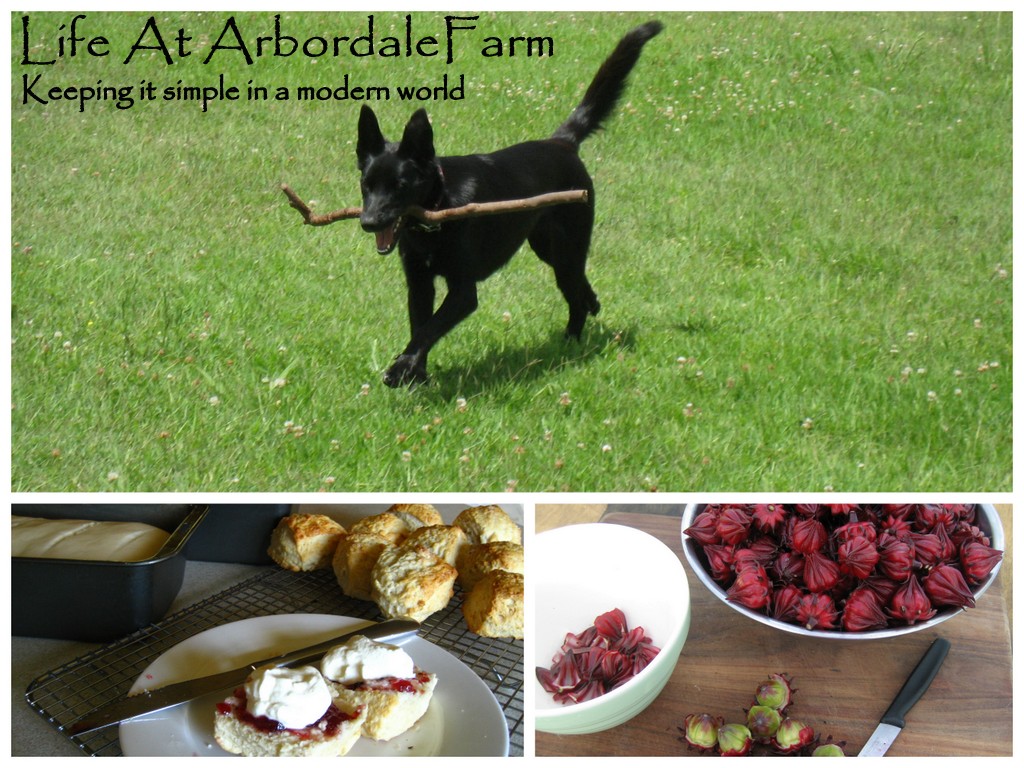After a bit of TLC and some time in a fancy outfit, aka a chicken saddle, her feathers grew back and she was good as new.
But recently a couple of our other chickens have been the objects of his affection. So this time I thought I would make my own chicken saddles (I brought the last one and the domes were not holing any more and it was starting to fall apart),
For the fabric I used the bottom of the leg from a pair of Op shop jeans I had brought for Hubby that didn't actually fit.
I cut the shape based on the previous one and instead of using domes I used elastic which means they do not come undone like the domes do as they wear out.
I used the whole thickness of the pant leg so I had a double thickness of denim and only had to sew the edges I cut.
You don't really need to sew up the edges but it stops the dirt getting trapped between the layers.
This is Speckles and as you can see she is not bothererd by her coat. If you look carefully in the first phot you can see a lot of pink skin peeking out the bottom and the last photo shows her tail feathers are all missing. She was comp-letly bald across her back but she has now regrown half her feathers and I am hoping the others grow back soon. The other day when it rained a lot her coat got wet so I took it off over night to let it dry (the denim held onto a lot of water and I did not want her getting cold) then put it back on in the morning.
Have you had to make any interesting outfits for the animals at your place?


















































